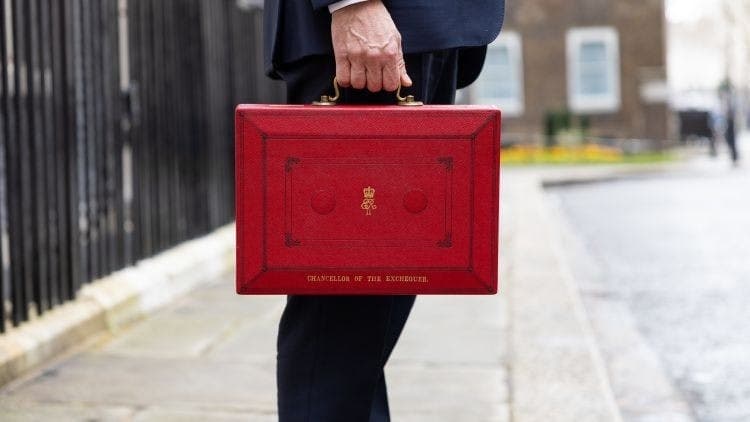
Spring budget 2023: What the Chancellor’s budget means for businesses
March 15, 2023Tax
Corporation Tax
| Rate | 2023 | 2022 |
|---|---|---|
| Small profits rate (companies with profits under £50,000) | 19% | N/A |
| Main rate (companies with profits over £250,000 | 25% | N/A> |
| Main rate (all profits except ring fence profits) | N/A | 19% |
| Marginal Relief lower limit | £50,000 | N/A> |
| Marginal Relief upper limit | £250,000 | N/A> |
| Standard fraction | 3/200 | N/A |
| Special rate for unit trusts and open-ended investment companies | 20% | 20% |





